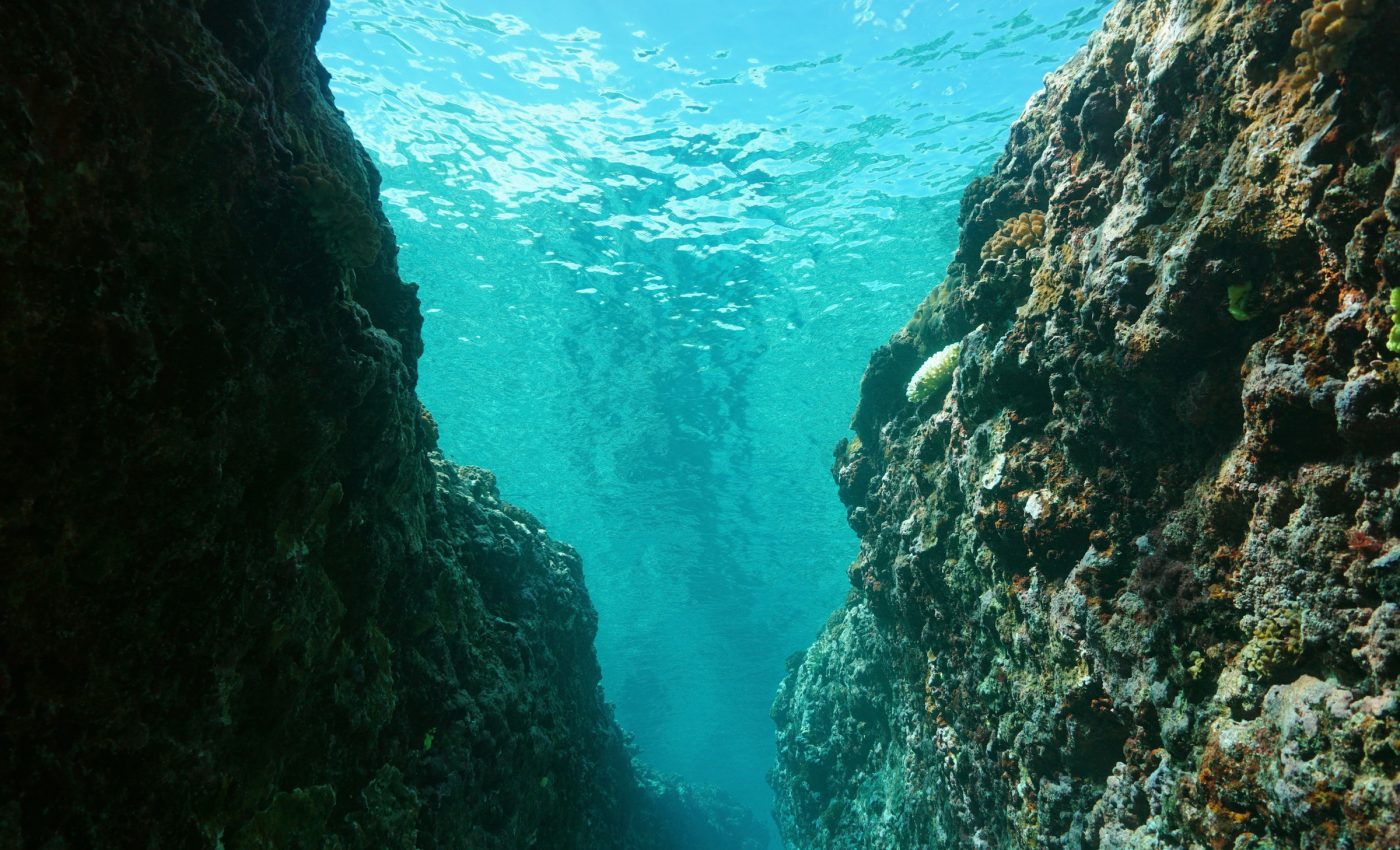
Deep ocean trenches are holding much more water than had been thought
A new study supported by the National Science Foundation (NSF) has found that slow-motion collisions of underwater tectonic plates are pulling about three times as much water deep into the Earth than what was previously calculated.
“People knew that subduction zones could bring down water, but they didn’t know how much water,” explained study lead author Chen Cai, who is an expert in the Department of Earth and Planetary Sciences at Washington University in St. Louis.
According to the researchers, the discovery has important implications for the global water cycle. Candace Major is a program director in NSF’s Division of Ocean Sciences.
“This research shows that subduction zones move far more water into Earth’s deep interior – many miles below the surface – than previously thought,” said Major. “The results highlight the important role of subduction zones in Earth’s water cycle.”
The investigation was focused on seismic activity across the Mariana Trench in the Western Pacific. Measuring 1,500 miles long, this ocean trench is the deepest in the world.
The team listened to more than a year’s worth of recordings, ranging from ambient noise to actual earthquakes, using a network of seismographs.
“Previous estimates vary widely on the amount of water that is subducted deeper than 60 miles,” said study co-author Doug Wiens. “The main source of uncertainty in these calculations was the initial water content of the subducting uppermost mantle.”
While it was already known that subducting plates could hold water, it was not clear how much water could be held. Seismic images obtained in the current study show that the area of hydrated rock at the Mariana Trench extends almost 20 miles beneath the seafloor.
In the Mariana Trench region alone, four times more water is held within the hydrated rocks than what was estimated. These results can be applied to other ocean trenches as well.
“If other old, cold subducting slabs contain similarly thick layers of hydrous mantle, then estimates of the global water flux into the mantle at depths greater than 60 miles must be increased by a factor of about three,” explained Wiens.
Scientists speculate that most of the water dragged down into a trench comes back into the atmosphere as water vapor when volcanoes erupt. However, the new study indicates that the amount of water going in greatly exceeds the amount of water coming out.
“The estimates of water coming back out through the volcanic arc are probably very uncertain,” said Wiens. “Does the amount of water vary substantially from one subduction zone to another, based on the kind of faulting where the plate bends? There have been suggestions of that in Alaska and in Central America. But no one has yet looked at deeper structures like we were able to do in the Mariana Trench.”
The study is published in the journal Nature.
—
By Chrissy Sexton, Earth.com Staff Writer













